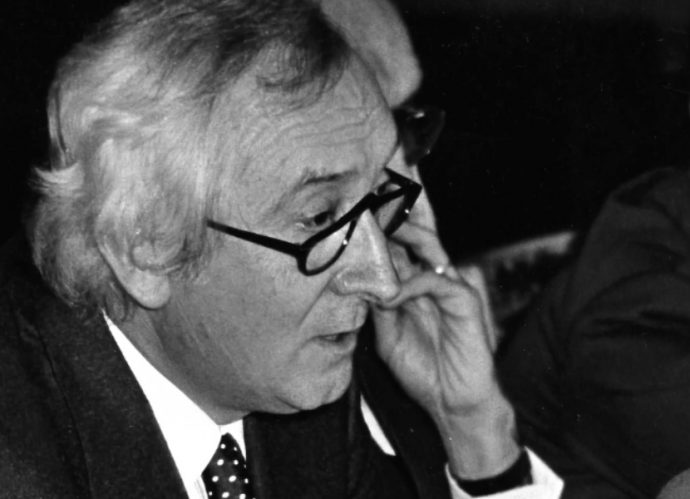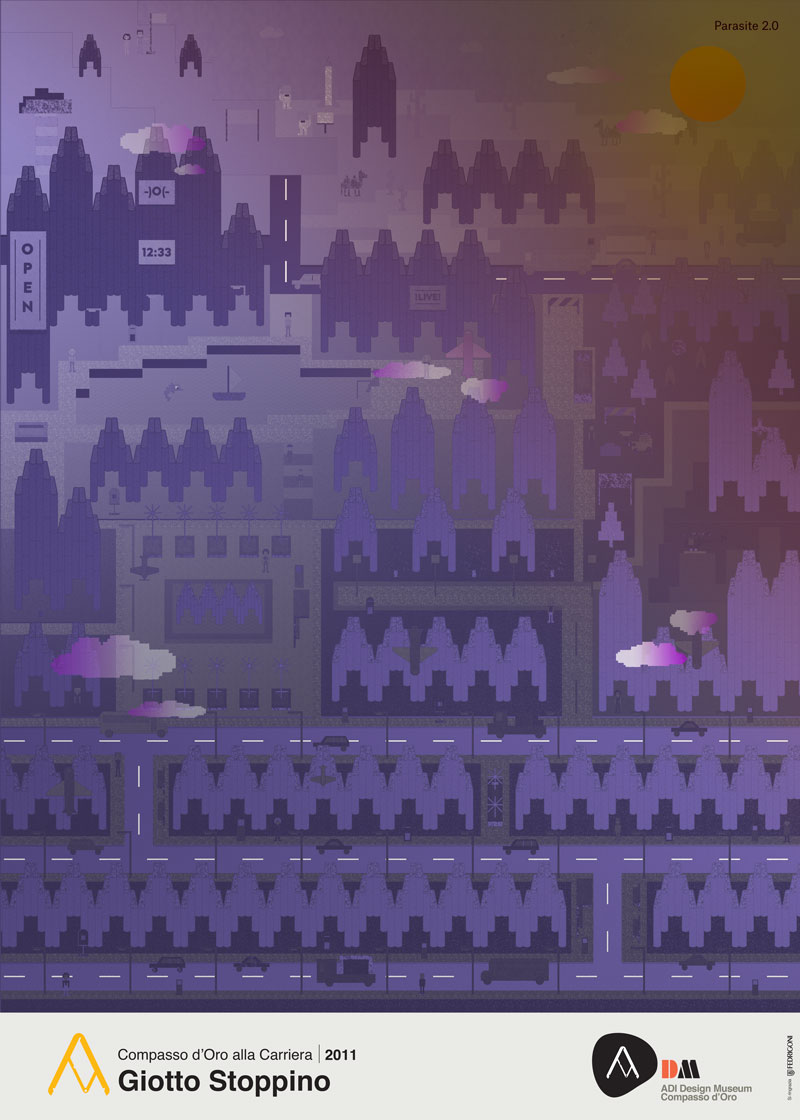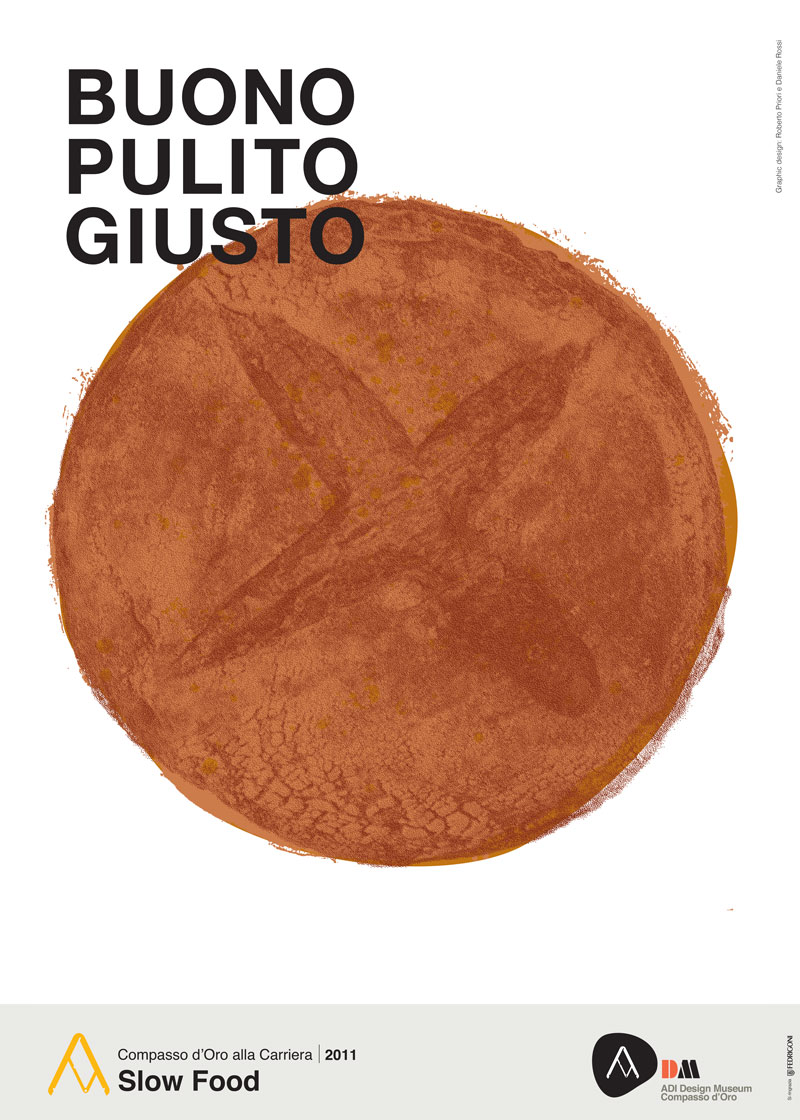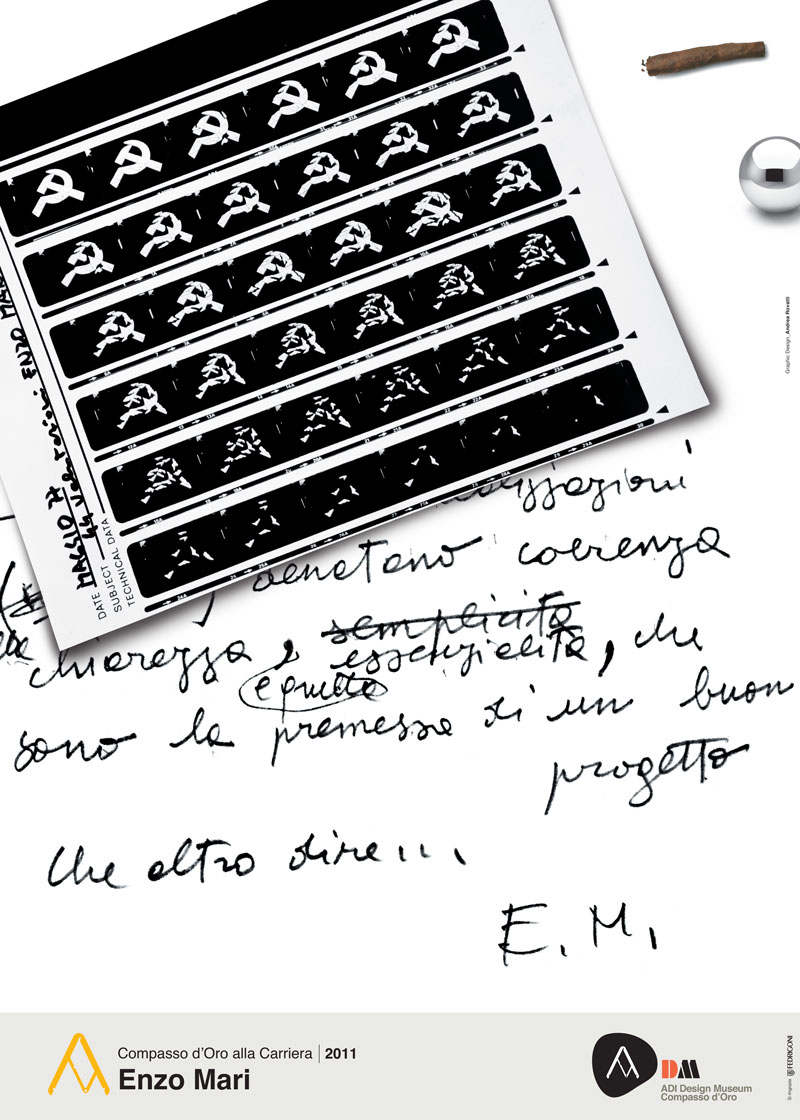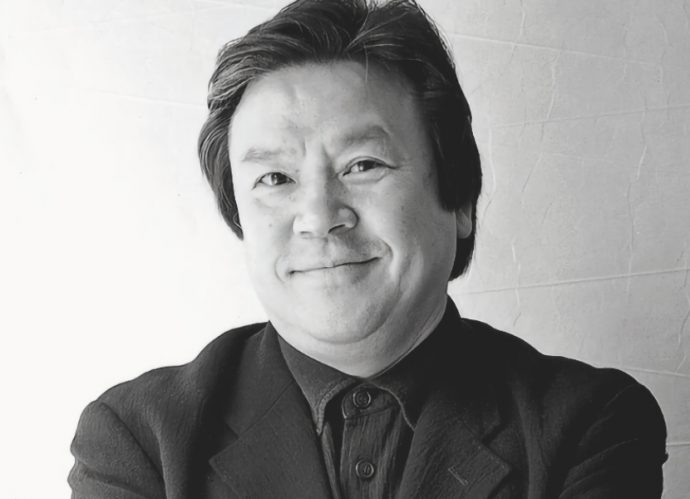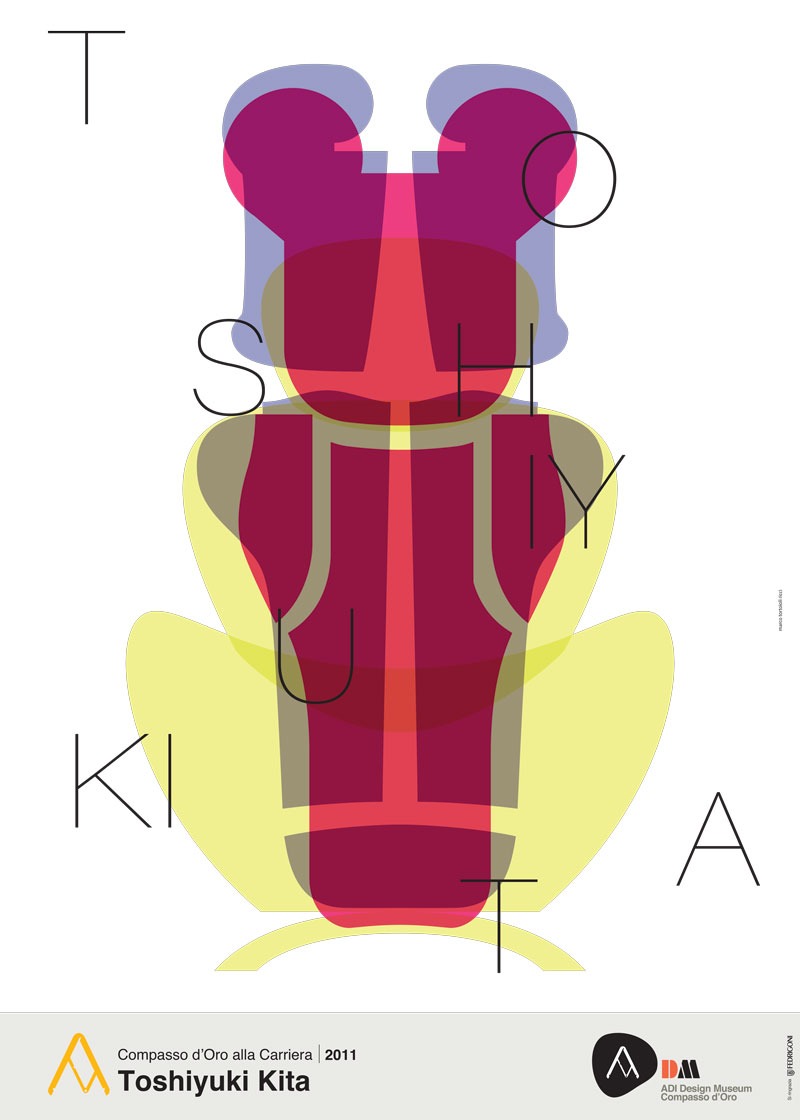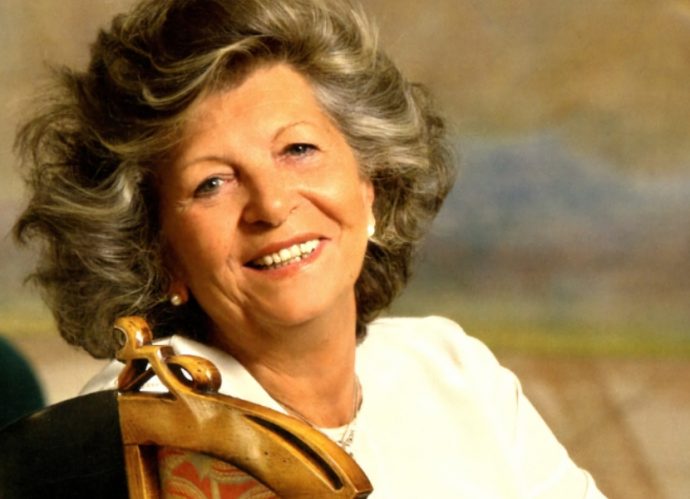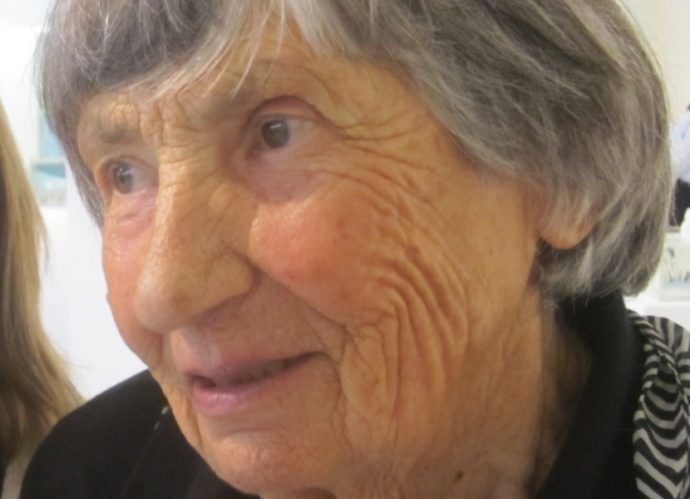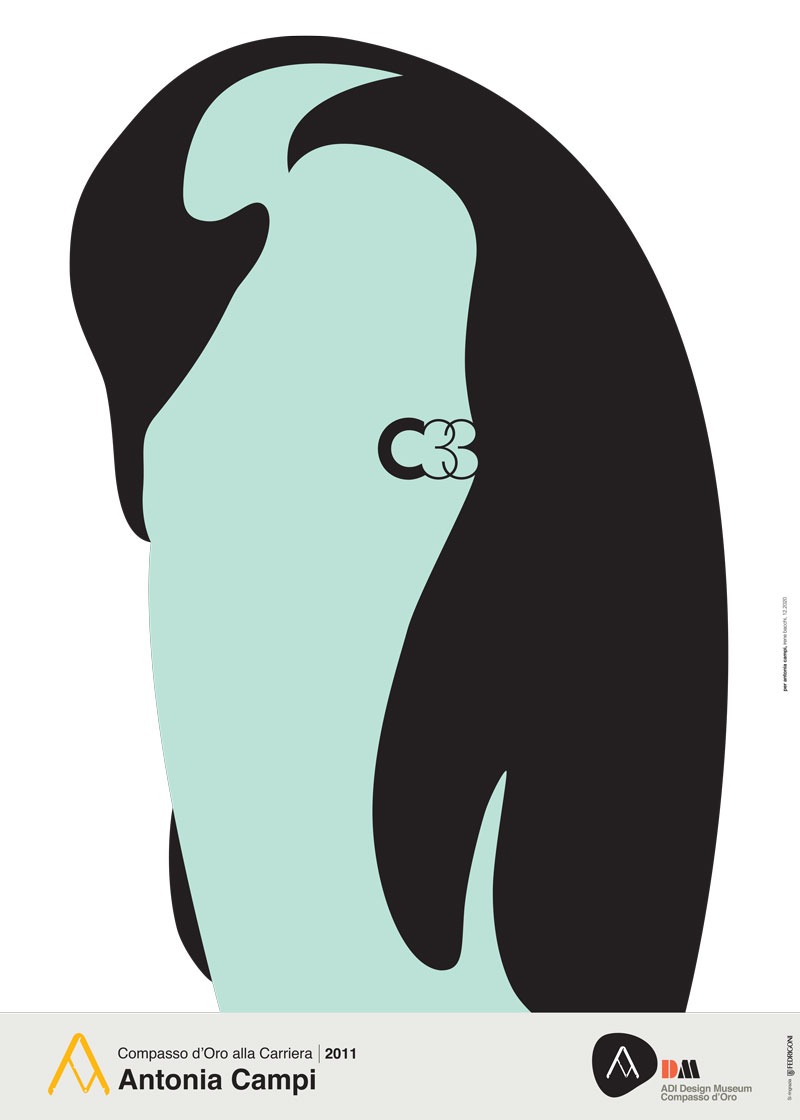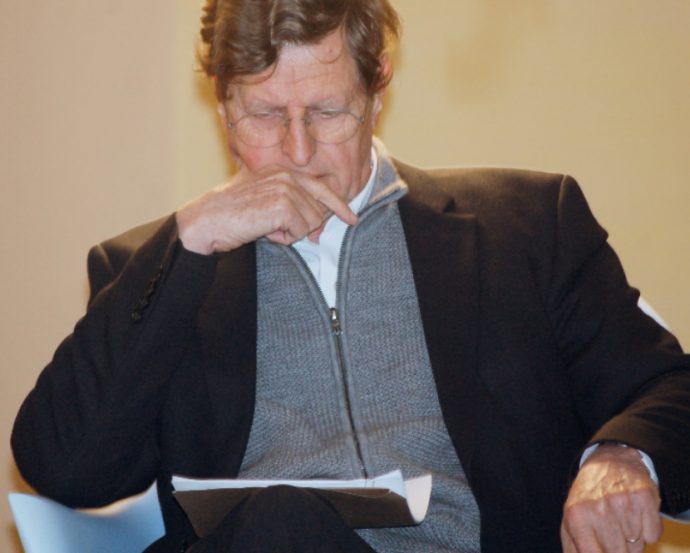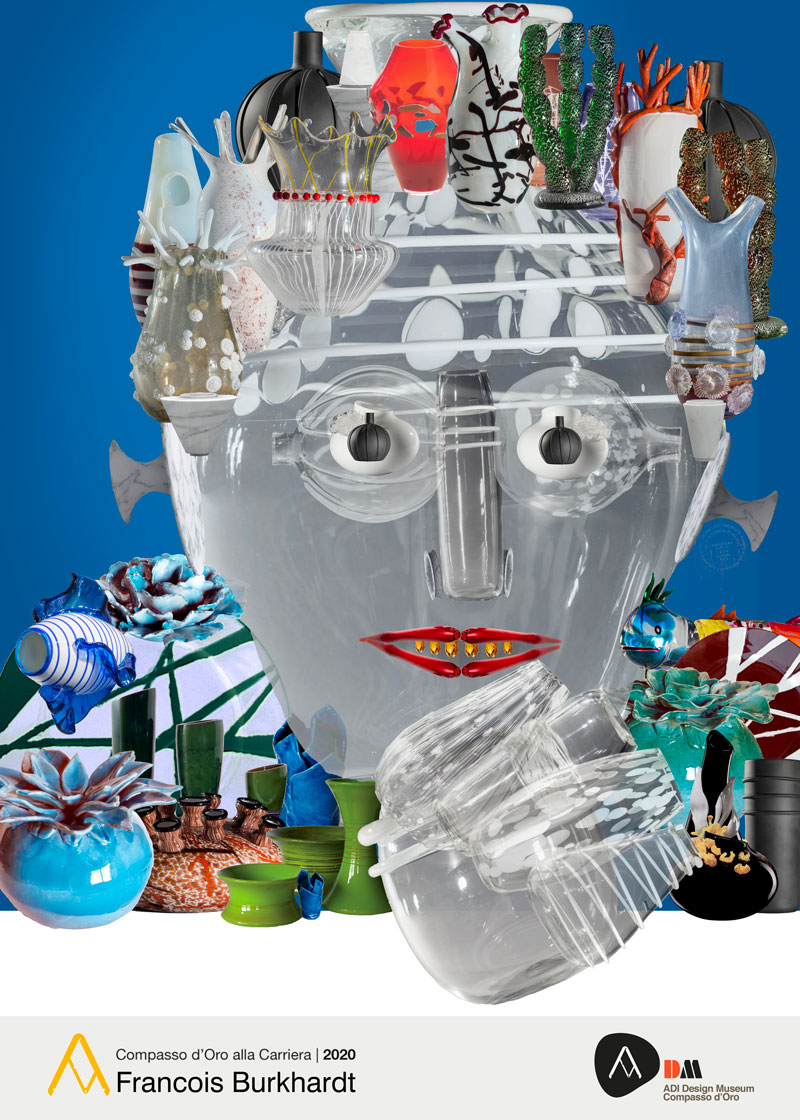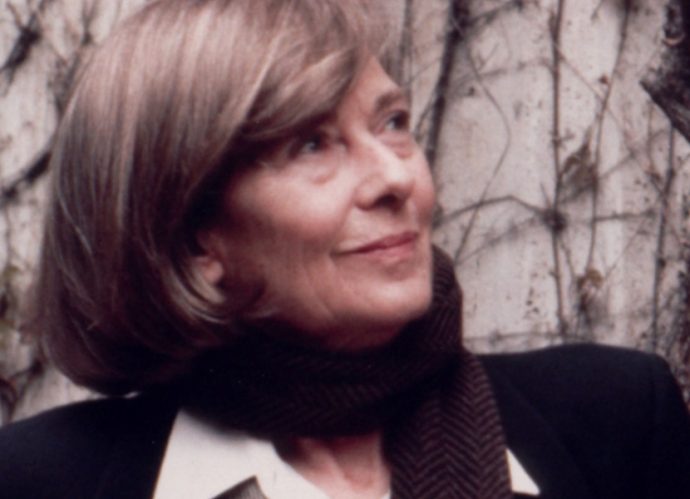
Strongly oriented towards research and innovation, Unifor designs and manufactures office systems designed to meet the requirements of an extremely demanding market. The design research and experimentation conducted by Unifor can be seen not only in the study of new products, but also in the evolution of existing ones: even the most innovative and tested proposals are in fact constantly subjected to updating and improvement processes. These qualifying aspects, which have always characterized Unifor’s activity, are clearly highlighted in its products, where the issues of comfort and environmental quality, together with the skilful and non-invasive use of technology are developed by the company through a series of innovative products. Specialized in the field of highly complex large scale installations, Unifor has consolidated a stable position in the market, with a dominant presence at an international level.

